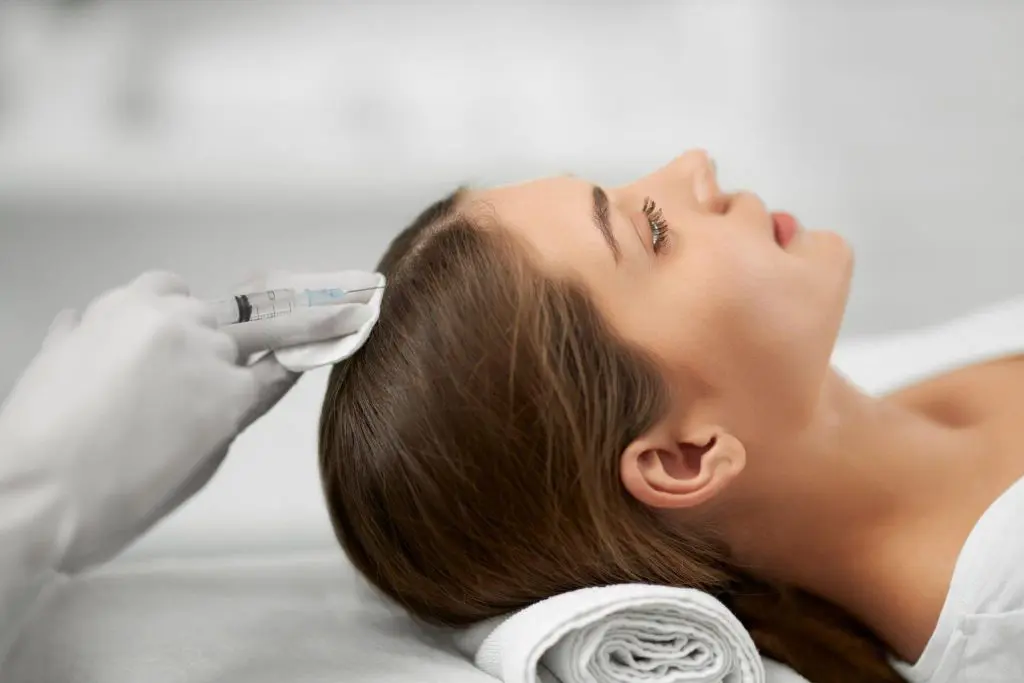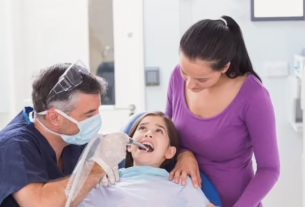In recent years, hair loss treatment has witnessed significant advancements, offering hope to millions of individuals struggling with alopecia and other forms of hair loss. While surgical interventions like hair transplants have long been the go-to option for restoring hair growth, non-surgical alternatives are gaining popularity for their effectiveness and minimal invasiveness. One such innovation is platelet-rich plasma or PRP hair treatment, which harnesses the body’s natural healing properties to stimulate growth and improve hair density. This article explores various non-surgical options for hair loss treatment, highlighting their benefits, limitations, and potential impact on individuals’ quality of life.
Understanding Platelet-Rich Plasma (PRP) Hair Treatment
Platelet-rich plasma (PRP) hair treatment is a non-surgical procedure that involves extracting a small sample of the patient’s blood, processing it to accumulate the platelets, and injecting the resulting PRP into the scalp. Platelets have growth factors and other bioactive proteins, which promote tissue repair. When injected to the scalp, PRP stimulates hair follicles, enhances the growth of the hair cycle, and enhances blood circulation to the scalp, leading to thicker, healthier hair growth. PRP hair treatment is a safe and effective option for those experiencing hair thinning or early-stage hair loss, with minimal time and few side effects.
Exploring Low-Level Laser Therapy (LLLT) for Hair Regrowth
This therapy is another non-surgical option for hair loss treatment that has gained popularity in recent years. In this therapy the scalp is exposed to low-level laser light, which stimulates cellular activity, improves blood circulation, and promotes hair growth. Though the exact mechanism of action is not fully understood, studies have shown that LLLT can increase hair density and thickness in individuals with androgenetic alopecia and different forms of hair loss. LLLT devices are available in various forms, including handheld devices, laser caps, and in-office treatments, offering flexibility and convenience for patients seeking non-invasive hair loss solutions.
Examining Topical Treatments and Hair Growth Products
In addition to in-office procedures like PRP hair treatment and LLLT, several topical treatments and hair growth products are available over the counter or by prescription. These products are generally believed to aid in hair growth and inhibit hair loss. While topical treatments may not be as effective as surgical interventions or in-office procedures, they can improve hair density and thickness when used consistently over time. Topical treatments offer a non-invasive and affordable option for people wanting to address mild to moderate hair loss or maintain existing hair growth.
Assessing Nutritional and Lifestyle Interventions for Hair Health
Nutrition and lifestyle factors are significant in maintaining healthy hair growth and preventing hair loss. Balanced diet rich in vitamins, minerals, and essential fatty acids is critical for promoting hair health and preventing deficiencies contributing to hair loss. Lifestyle factors like stress management, adequate sleep, and regular exercise can also impact hair growth and overall well-being. Incorporating scalp massages, essential oils, and stress-reducing techniques into daily routines can also promote blood circulation to the scalp and aid in healthy hair growth. While nutritional and lifestyle interventions alone may not be sufficient to reverse advanced hair loss, they can complement other treatments and contribute to overall hair health and vitality.
Exploring Emerging Technologies and Future Trends
The field of hair loss treatment is constantly evolving, with researchers exploring new technologies and innovative approaches to address the underlying causes of hair loss. Emerging treatments such as stem cell therapy, exosome therapy, and gene therapy hold promise for stimulating hair follicle regeneration and restoring hair growth in individuals with advanced hair loss. Additionally, advancements in 3D bioprinting and tissue engineering may soon allow for the creation of customised hair follicle implants and bioengineered hair follicles, offering a revolutionary solution for individuals with severe hair loss. Though these technologies are still in the experimental stages, they represent exciting possibilities for the future of hair loss treatment and restoration.
Addressing Hormonal Imbalances and Medical Conditions
Hormonal imbalances and medical conditions can cause hair loss and thinning, making it essential to address these issues as part of a comprehensive treatment plan. Health conditions such as thyroid disorders, polycystic ovary syndrome (PCOS), and hormonal fluctuations can disrupt the hair growth cycle and lead to excessive shedding. Certain medications, such as chemotherapy drugs and hormonal contraceptives, may also cause hair loss as a side effect. By addressing hormonal imbalances and medical conditions through appropriate medical interventions, such as hormone therapy or medication adjustments, individuals can improve their overall health and potentially reverse or slow down the progression of hair loss. Consulting with a professional or dermatologist can help identify and treat underlying medical issues contributing to hair loss, making sure a holistic approach to hair loss treatment and management.
Conclusion
In conclusion, non-surgical options for hair loss treatment, such as PRP, low-level laser therapy, topical treatments, and nutritional interventions, offer practical and minimally invasive alternatives to traditional surgical interventions like hair transplants. These treatments provide individuals with safe and accessible options for restoring hair growth, improving hair density, and enhancing overall hair health. As research continues to advance and new technologies rise, the future of hair loss treatment holds great promise for individuals seeking to regain confidence and vitality through innovative non-surgical solutions. With the right combination of treatments and lifestyle modifications, individuals can achieve natural-looking results and enjoy the benefits of healthy, beautiful hair for years.




